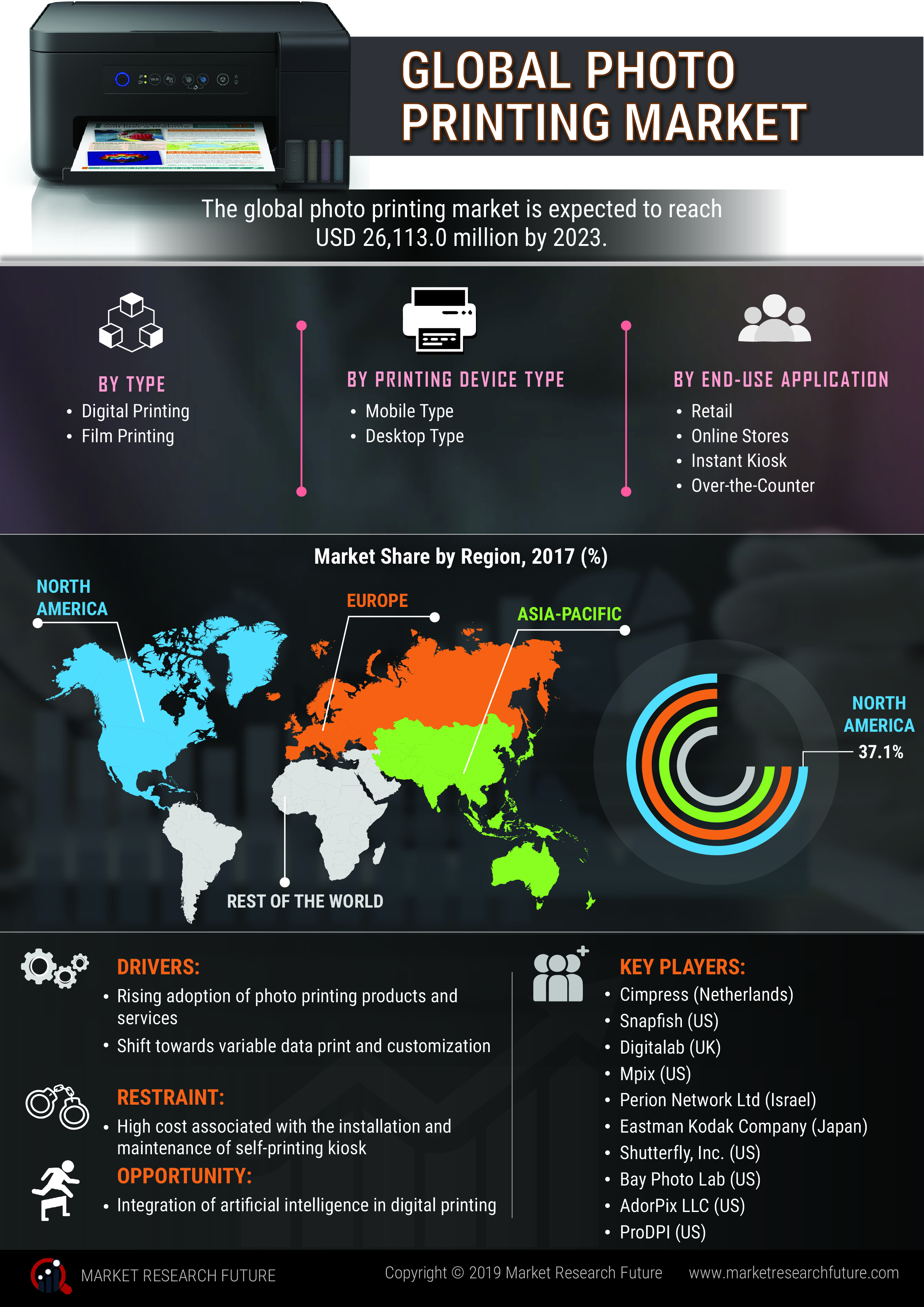Printing a photograph is a complicated process that requires a team of experts and specialists. Having one’s files saved and sized correctly before printing not only improves the quality of the prints, but it also keeps in the time since the printer itself isn’t forced to do more work than necessary. Typically, the best way to create prints in your home or studio is through the use of an inkjet printer. These printers use a system of ink cartridges on a moving print head dissipate ink onto a sheet of paper as it is supplied across the machine. This amount of ink is extremely thin and is the result of numerous colors of ink being meticulously blended to produce the colors of the photograph.
Printers need a certain number of ink cartridges to operate; printers that utilize more ink cartridges are mostly able to create images with a broader color gamut and larger dynamic range than those with only limited cartridges. This is due to the color spectrum is broken down into additional steps, more finite and minute distinctions of colors can be achieved, including richer blacks and smoother tonal gradations. Furthermore, many printers with more significant numbers of ink cartridges contain several steps of dark, often varying from a faint gray to a deep black. This combination of different tonal values enables improved black-and-white printing possibilities, which is something inkjet printing has only lately been able to achieve at a level somewhat comparable to traditional darkroom-based printing processes.
Digitally Printing Photography:
Digital photography printing generally integrates the use of the innovative superior-volume laser or inkjet printer. Printing photography digitally is a relatively less labor-intensive method than traditional methods, because of the less time needed to set up and preserve a print throughout the creation process. Digital printing also manages to enable a more significant responsibility for the photographer in the production procedure, consisting of retouching and color adjustment.
Read Free Sample Pages at:
https://www.marketresearchfuture.com/sample_request/2701
Flat 30% off on Corporate User
Printing Photography in a Laboratory:
Laboratory printing, also known commonly as photographic processing, was the initial process in which photographic prints were created. The three most standard forms of the photographic method are color processing black and white negative processing and black and white reversal processing.
The phrase “black and white negative processing” refers to the chemical process of a photograph being preserved after exposure. Once this process is completed, it converts the photograph from a “latent” image to a detectable image. This makes the photograph stable and unchanged by light after that.
The black and white reversal method deploys the same techniques as negative processing, except it includes a few steps that involve “fogging” the image by subjecting it to light or treating it chemically.
Finally, color processing has three different sub-methods based on what the client desires are for the final product.
C-41 photo processing is used for developing the modern color-negative film. It is driven by the person accountable for creating the negative image and simulation of the color dyes in each blended layer.
RA-4 photo processing is similar to the C-41 process, except that the photo developer needs to merge the bleach and fix in the beginning, and then wash them out of the paper with the help of water.
On the other hand, E-6 processing employs the same apparatus as C-41, but the difference is that the photo developer needs to be concerned about the hyper-sensitivity the film has towards temperature changes. For E-6, a heated bath is necessary to alleviate the temperature at precisely 37.8 degrees Celsius.
Segmentations of Photo Printing:
The worldwide photo printing market has been classified based on printing device type, type, region, and end user application. Based on type, the market has been segregated as film printing and digital printing.
The digital printing segment registered for the primary market share of 76.6% during 2017, with a market worth of USD 10,060.1 mn; it is estimated to reflect the larger CAGR of 14.3% over the estimation period. The film printing segment represented a value of USD 3,065.4 mn; it is estimated to portray a CAGR of 3.4%.
Based on printing device type, the market has been segregated into desktop type and mobile type. The mobile type segment represented the larger share of 65.1% during 2017, with a market worth of USD 8,551.2 mn; it is likely to record the higher CAGR of 14.0% throughout the tenure of estimation. The desktop type segment was worth USD 4,574.3 mn; it is expected to reflect a CAGR of 8.6%.
Based on end user applications, the market has been classified into online stores, retail, over-the-counter, and instant kiosk. The retail segment was responsible for the highest market share of 48.1% during 2017, with a market worth of USD 6,310.7 mn; it is estimated to reflect a CAGR of 10.9% over the forecast period. The online stores segment held the second-largest market during 2017, worth USD 3,341.6 mn; it is predicted to reflect the highest CAGR of 15.1%.
Top Companies of Photo Printing:
The global photo printing market is dominated by key players like Snapfish (US), Cimpress (Netherlands), Mpix (US), Digitalab (UK), Eastman Kodak Company (Japan), Perion Network Ltd (Israel), Shutterfly, Inc. (US), AdorPix LLC (US), Bay Photo Lab (US), and ProDPI (US).
Browse More Details on Report at:
https://www.marketresearchfuture.com/reports/photo-printing-market-2701
About Market Research Future:
At Market Research Future (MRFR), we enable our customers to unravel the complexity of various industries through our Cooked Research Report (CRR), Half-Cooked Research Reports (HCRR), Raw Research Reports (3R), Continuous-Feed Research (CFR), and Market Research & Consulting Services.
MRFR team have supreme objective to provide the optimum quality market research and intelligence services to our clients.
Media Contact
Company Name: Market Research Future
Contact Person: Abhishek Sawant
Email: Send Email
Phone: +1 646 845 9312
Address:Market Research Future Office No. 528, Amanora Chambers Magarpatta Road, Hadapsar
City: Pune
State: Maharashtra
Country: India
Website: https://www.marketresearchfuture.com/reports/photo-printing-market-2701

